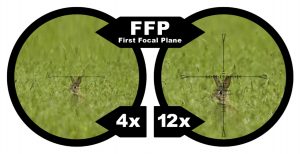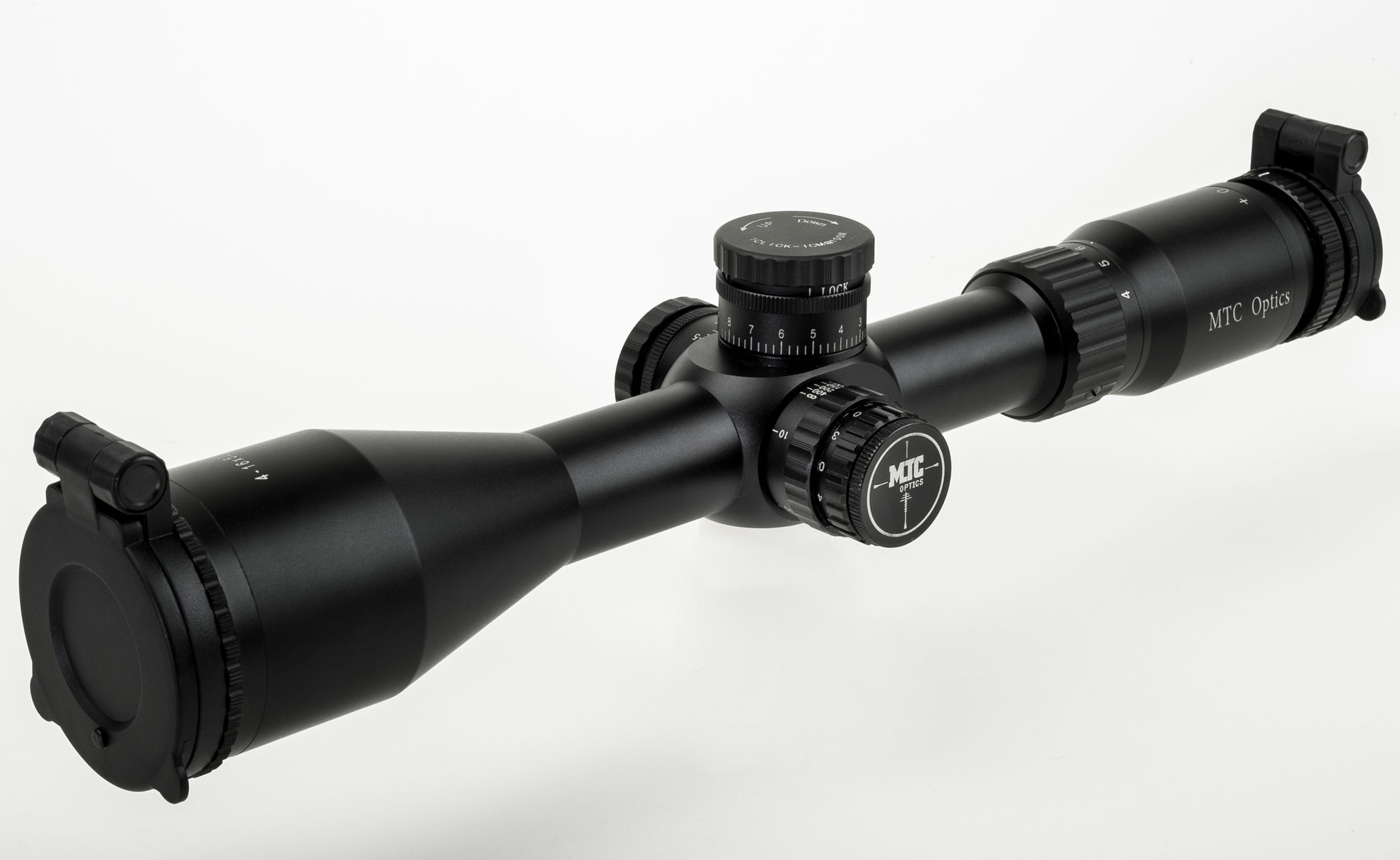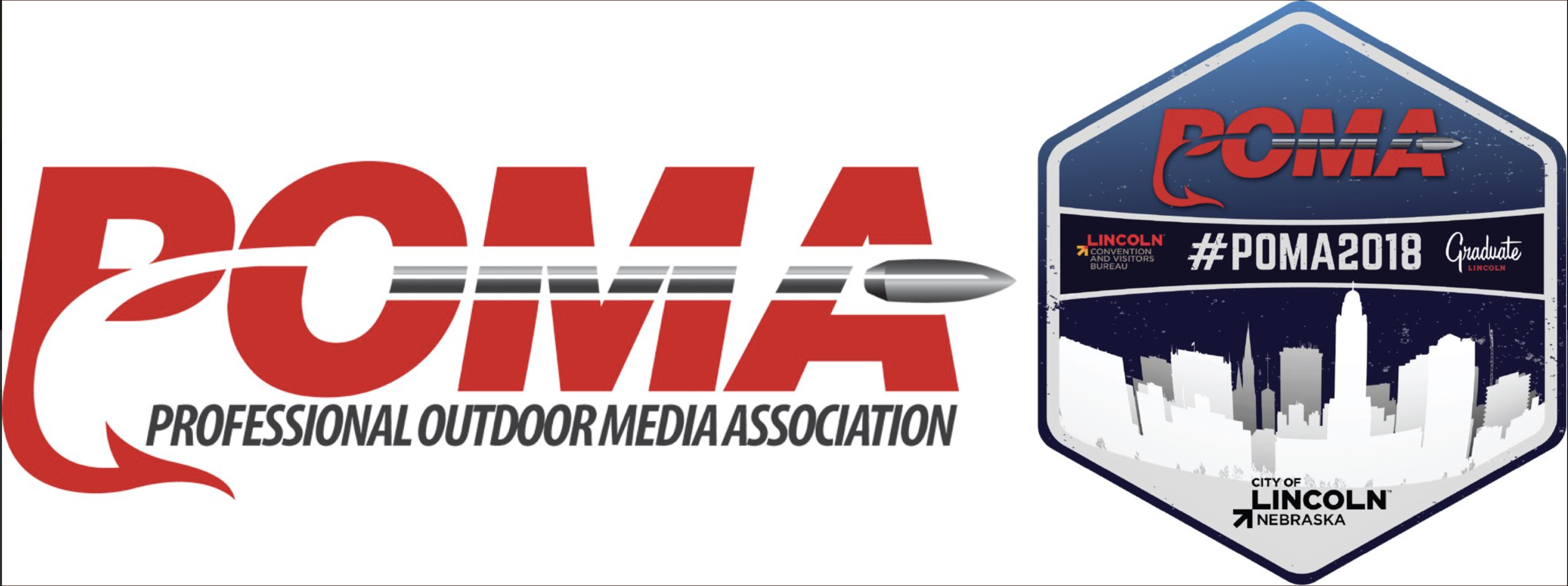Riflescopes – First and Second Focal Plane and How They Differ
Nigel Allen’s take on First and Second Focal Plane Riflescopes
When it comes to selecting a riflescope, shooters have a bewildering choice. Should you choose fixed or variable magnification, sidewheel or objective parallax adjustment? Do you need a 25mm or 30mm tube… And, also, what do all the numbers mean? Additionally, reticle design is also an important consideration when deciding on a riflescope. However, less obvious is the focal plane of the scope. What’s that? Well, it’s where the crosshair sits within the optical layout of the riflescope.
-
FFP or SFP
The crosshair of a riflescope can either be situated in the first focal plane or second focal plane (FFP or SFP). Because each offers significant differences on variable magnification (or zoom) scopes, it’s important to determine which type is best suited to your style of shooting.
The majority of riflescope designs feature a second focal plane reticle as they’re easier to produce and keep costs down. However, most quality scope manufacturers now offer FFP scopes in their range. For example: MTC Optics’ new Cobra F1 model.
Both SFP and FFP scopes have their merits. To help you make an educated decision when choosing your next optic, here’s a guide on each type.
-
Second Focal Plane (SFP)
Sometimes referred to as ‘rear focal plane’, SFP scopes are by far the most common type. Their construction is such that the crosshair is placed behind the lens group that determines the scope’s magnification.
In the case of variable magnification scopes (eg: 2-12x or 4-16x), this second focal plane position means that the size of the reticle does not change as the magnification is altered. Only the target appears bigger or smaller as the scope is zoomed in and out. On multi-stadia crosshairs, this means the relationship between the aim-point references on the reticle and the target will be different depending on the magnification setting.
For example, the distance between two aim-points on the crosshair may equate to 4ins (10cm) on a target when it’s viewed at 4x magnification. But it will only be 1in (2.5cm) when the scope is zoomed up to 12x magnification.

With SFP scopes, the relationship between the target and crosshair will change when the magnification is altered. Reticle shown: MTC AMD
-
Multi-Stadia and SFP
Of course, the centre point of the crosshair should not, in theory, deviate when the magnification ring is rotated. Note: it often does on the cheaper scope models! However, if you use multi-stadia crosshairs like the MTC SCB2 to allow for ‘holdover’ or ‘holdunder’, then you must be aware of this target/crosshair relationship change. It’s therefore best practice to familiarise yourself with the aim-point/trajectory relationship by only shooting on a specific magnification. For example, stick on a 4-12x zoom scope, you could stick to shooting on 8x power.
This begs the question: “Why choose a SFP vari-mag scope, then?” Well, a zoom magnification feature is still a very handy feature to have. Use it for spotting purposes, where higher powers allow you to see a clearer sight picture. And many shooters also like to use SFP reticles for ‘bracketing’. This is a system where ranges can be estimated after having predetermined what distance the gaps between reference points equate to at each of the scope’s magnification settings. Although it requires some initial working out, reticles like MTC’s SCB2 and AMD can provide a very practical method of quickly estimating (or checking) range while taking aim.
-
First Focal Plane (FFP)
Sometimes referred to as ‘front focal plane’, FFP scopes are usually more expensive by virtue of their more complicated construction. The crosshair is placed in front of the lens group that determines the scope’s magnification.
In the case of variable magnification scopes (eg: 2-12x or 4-16x), this first focal plane position means that the size of the reticle will appear bigger or smaller, in line with the target image, as the scope’s magnification is zoomed in or out. Therefore, with graduated crosshairs, the relationship between the aim-point references on the reticle and the target will always remain the same, regardless of the magnification setting.
For example, the distance between two aim-points on the crosshair may equate to 4ins (10cm) on a target when it’s viewed at 4x magnification. But it will still be 4ins (10cm) when the scope is zoomed up to 12x magnification.

With FFP scopes, the crosshair always maintains its relationship with the target when the magnification is altered. Reticle shown: MTC SCB2
-
Multi-Stadia and FFP
This makes life simpler if you use multi-stadia crosshairs like the MTC SCB2 to allow for ‘holdover’ or ‘holdunder’. Why? Because you can shoot on any magnification setting without worrying about a change in the aim-point/trajectory relationship.
There are a couple of points to remember with FFP scopes. Because the reticle size alters with the magnification, the crosshairs’will look different. They will appear thicker at the higher powers and thinner at lower powers. Also, you cannot really use the ‘bracketing’ system for range-estimation. However, as bracketing data is quite long-winded to initially set-up, many shooters prefer other ways to acquire the target’s distance. They might use a laser rangefinder, like the MTC Rapier Ballistic. Or, on higher-powered scopes, the scope’s onboard parallax adjustment facility.
We hope this helped, but ultimately the choice is up to you.
If a new scope is what you’re after, why not check out our sister company, MTC Optics’ online store ? Or why not come and see us at the various shooting shows. You’ll be able to test all the latest scopes from MTC optics as well as our rifles.

